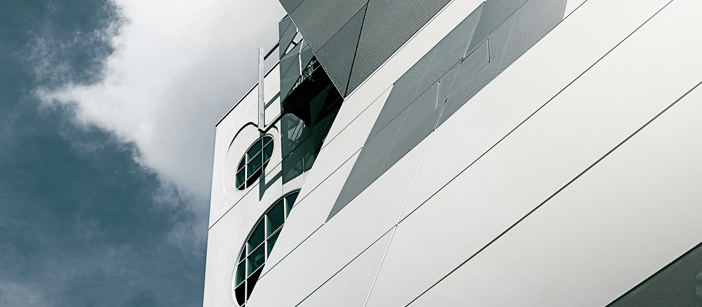
Aluminium alloys – quality for industrial processing
Through aluminium alloys, i.e. the addition of other elements, we are able to develop aluminium for almost any purpose. In the end, the alloys for aluminium ensure that the physical characteristics of the light metal are significantly improved, making it usable for a wider range of applications.
We will show you where aluminium alloys are used and provide you with an overview of our alloys for aluminium.
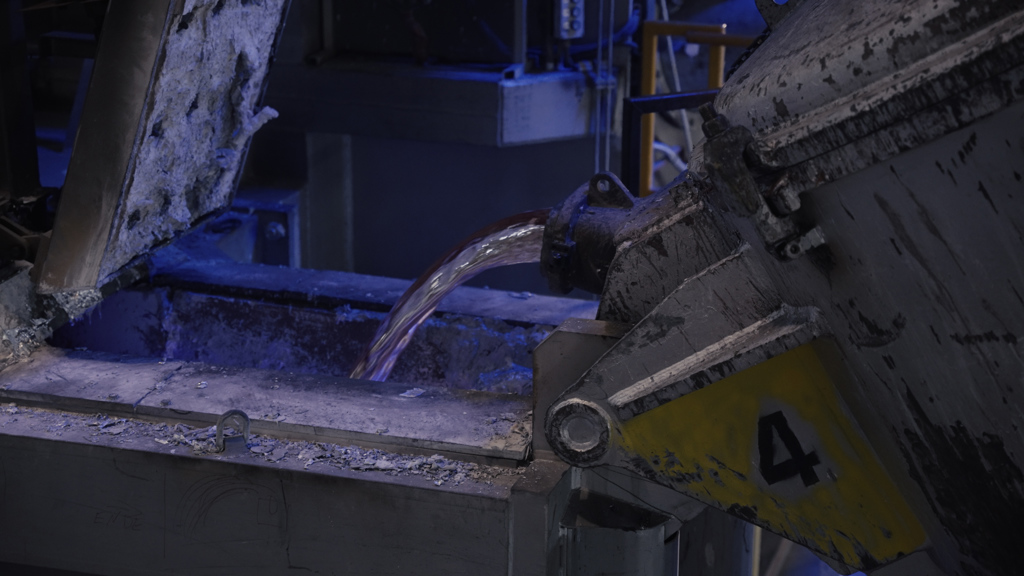
What are aluminium alloys used for?
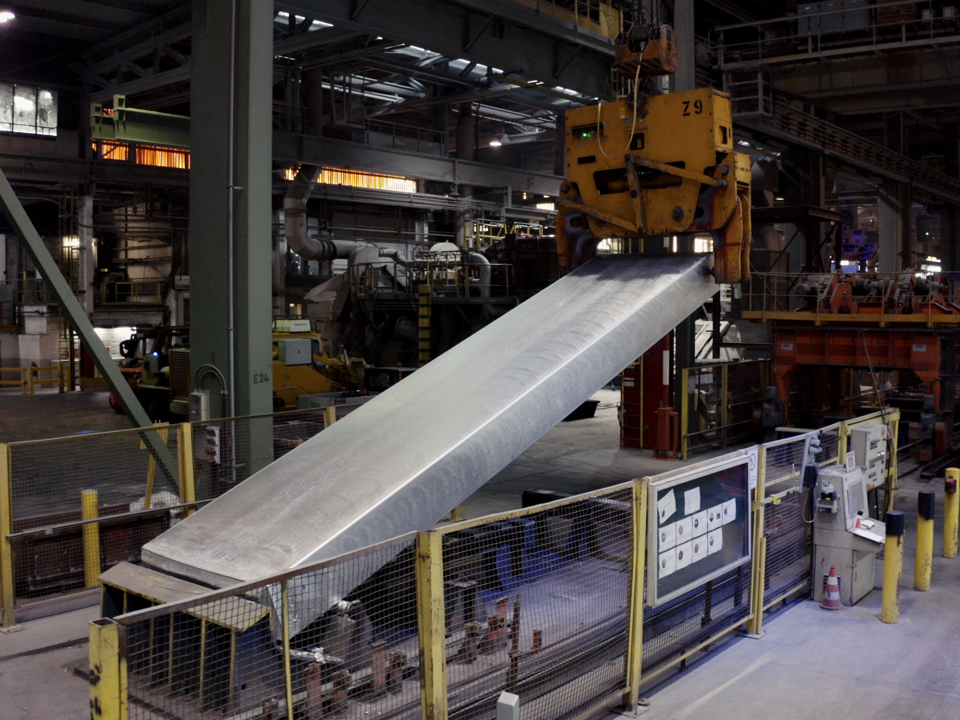
As one of today's most important and central materials, aluminium is characterized by its malleability, good conductivity, and aesthetically pleasing surface. However, pure aluminium has inadequate properties when it comes to its use as a modern material. The melting point of 660 °C is very low and the thermal conductivity and thermal expansion are high, to name just a few of the qualities of pure aluminium. This is undoubtedly an advantage for some special environments, but much less so than in general.
The variants and versions of aluminium alloys are versatile and extensive. During production, further alloying elements such as magnesium, manganese, iron, silicon, or copper are added to production scrap, market scrap and the primary metal aluminium (Al), which change the material's composition and the aluminium alloy’s properties, depending on the requirements. This makes it possible to use an aluminium alloy to meet different requirements and areas of application – be it in terms of formability, thermal conductivity, or weldability. This means that tailor-made solutions can be produced for almost any industry.
What are the advantages of aluminium alloys?
The density of aluminium is just 2.7 g/cm³ compared to steel at 7.874 g/cm³. This is why the material is also classed as a light metal. However, this also means that pure aluminium is not particularly strong. Only an aluminium alloy provides a remedy in this case by adding other alloying elements. This increases strength and stability.
- Increase strength without affecting lightness
- Improving corrosion resistance for humid or salty environments
- Increase of thermal conductivity
- Strengthening machinability and facilitating processing and shaping
- Adjustment of ductility and toughness to reduce the risk of cracks and fractures
- Corrosion resistance
- Lightness
- Ductility and hardness
- Low melting point
- Malleability
- Thermal conductivity
- Electric conductivity
- Can be modified by surface treatments
- Recyclability
- Weather resistance
Where are aluminium alloys used?
The areas of application for which aluminium alloys are suitable depend largely on their composition and the associated properties. Thanks to the possibility of adding various main alloying elements to aluminium, we are able to adapt the material for a wide range of applications.
Pure aluminium, for example, is suitable for pipes or tanks, while an aluminium alloy with copper is often used in aircraft construction and aerospace, mainly due to its increased strength.
When manganese is added, the good formability and thermal conductivity are evident in the production of vehicle construction. Another example is aluminium alloys with magnesium, which have optimized corrosion resistance. This alloyed aluminium is ideal for aluminium shipbuilding or bridge construction. These are just a few examples of the many ways in which aluminium alloys can be used.
To the markets & products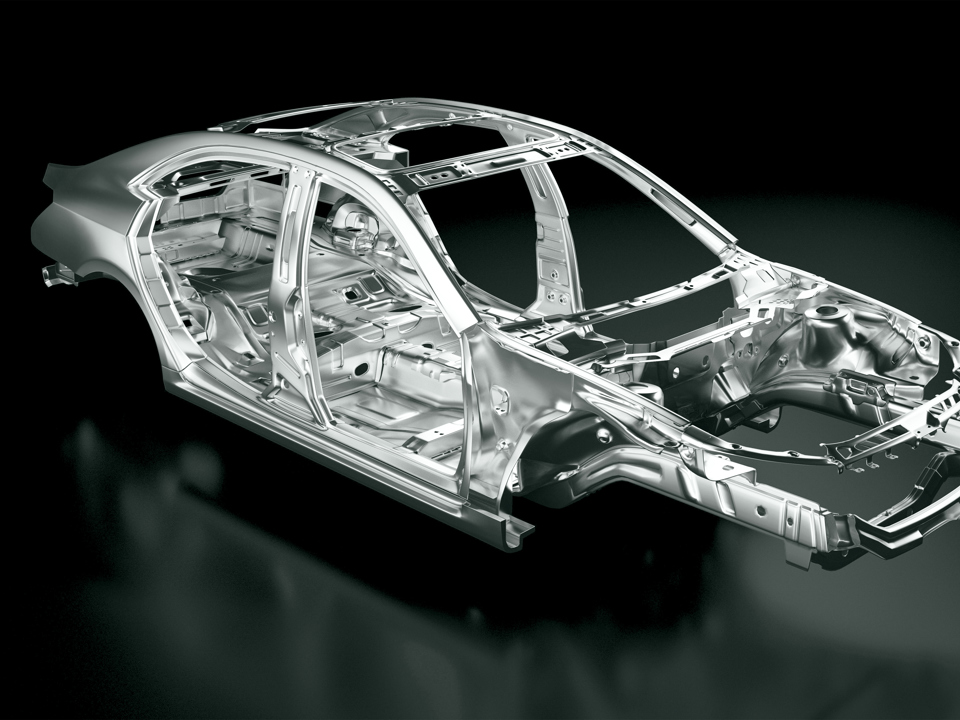
What are the aluminium alloy types?
For aluminium alloys, the alloying elements magnesium (Mg), silicon (Si), copper (Cu), manganese (Mn) and zinc (Zn) can be used, which are added to the pure aluminium for production. This has resulted in the classification of the so-called wrought aluminium alloys 1xxx for pure aluminium, 2xxx for copper, 3xxx for manganese, 4xxx for silicon, 5xxx for magnesium, 6xxx for magnesium and silicon and 7xxx for zinc.
In addition to wrought aluminium alloys, there are also cast aluminium alloys, between which a further distinction can be made. More than 400 wrought alloys and 200 cast alloys are currently known. The most frequently used aluminium alloys include 6060, 5754, 7075, 5083 and 6082. If you are looking for the hardest alloy for aluminium, you will find it in the combination of copper, magnesium and manganese under the name duralumin or dural for short.
2xxx: Copper
In an aluminium alloy with copper, aluminium is added to between 2 % and 10 % of the metal. Although this reduces corrosion resistance, it increases strength and hardness, which also improves machinability. The aluminium alloy is used in the aerospace industry or in the construction of military vehicles.
3xxx: Manganese
Bringing aluminium and manganese together in an aluminium alloy strengthens the tensile strength, which remains the same even at elevated temperatures. Resistance and corrosion resistance also remain virtually unchanged. The material therefore has the best properties for the manufacture of cooking utensils, heat exchangers or radiators.
4xxx: Silicon
The semi-metal silicon in an aluminium alloy increases corrosion resistance and lowers the melting temperature. The flowability is also improved. If magnesium is also added, a heat-treatable aluminium alloy is created. The alloy is used in aluminium for castings or cored wires when it comes to welding or soldering the light metal.
When it comes to strength in an aluminium alloy, the mixture with the alkali metal magnesium is the first choice. Work hardening is also improved, which makes the material ideal for the production of sheets and panels for aluminium façades. In addition to buildings, it is also used for ships and boats, vehicles, and pressure vessels.
The combination of magnesium and silicon to form an aluminium alloy extends the heat treatability. They also demonstrate their qualities in economically viable extrusion. Whether drive shafts, bicycle frames, or scaffolding, the alloy for aluminium can be used to develop numerous constructions.
When aluminium and zinc are combined in an aluminium alloy, usually supplemented with magnesium and/or copper, both strength and hardness increase. In addition, a heat-treatable alloy is created. Although the material is more susceptible to stress corrosion cracking, it is particularly suitable for fusion welding or the construction of bicycle frames.
Criteria for choosing the right aluminium alloy
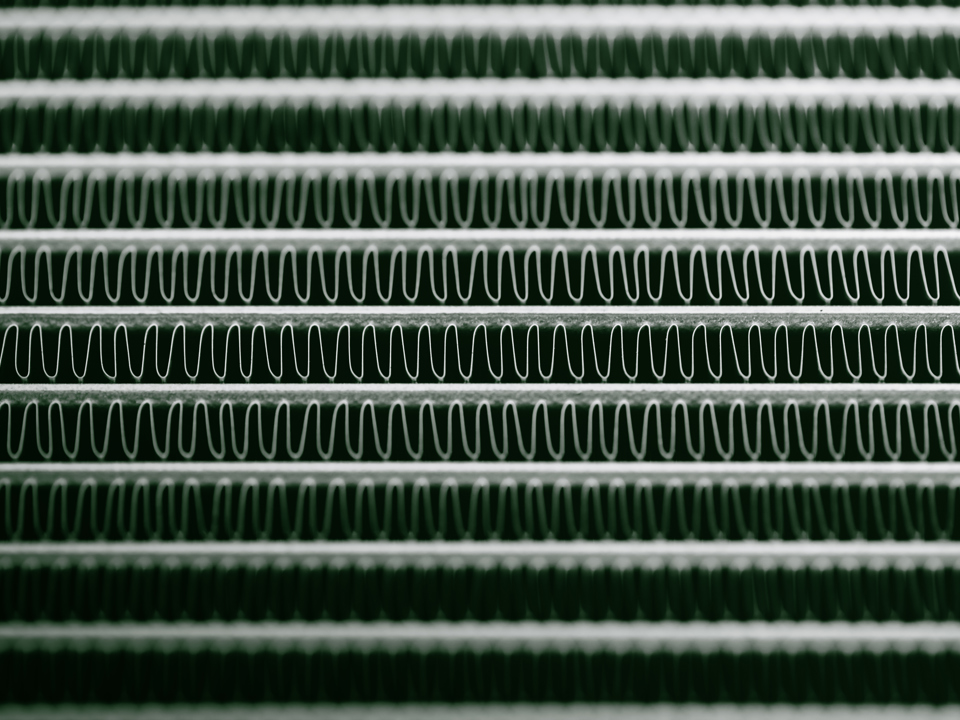
The selection of suitable aluminium alloys depends on the intended use or the product that is to be made from it. A number of criteria must be considered for this, such as:
- Strength
- Formability
- Corrosion resistance
- Suitability for surface treatments
- Electrical conductivity and thermal conductivity
- Barrier properties
- Processability, e.g. deep-drawing properties, welding properties
We adapt our products to the individual specifications of our customers and meet all quality standards. Due to the large number of factors that are relevant for a customized aluminium alloy, it is worth consulting an expert.
Get in touch Find the right aluminium alloy
As one of the leading global aluminium rolling and recycling companies, we at Speira are happy to be at your side personally. Get in touch with us now and find the right aluminium alloy for your requirements.




